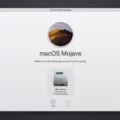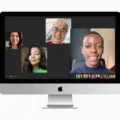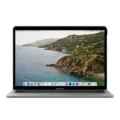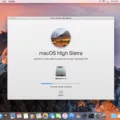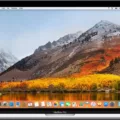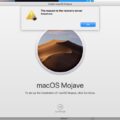Are you the proud owner of a Macbook Air (Mid 2013)? Then you’re probably wondering if your device will be compatible with Big Sur, the newest operating system from Apple.
The good news is that, yes, your MacBook Air (Mid 2013) is compatible with macOS Big Sur. So, if you’ve been looking forward to upgrading your device, now’s the time to do it!
But before you jump in and start downloading the new OS, there are a few things you should know about Big Sur and your Macbook Air (Mid 2013). First of all, make sure your computer meets all of the system requirements for Big Sur. These can be found on Apple’s website. Additionally, some older applications may not be able to run on Big Sur so you may need to update or replace them.
Once your Macbook Air (Mid 2013) is ready for Big Sur, you can start to enjoy all of its amazing features. This OS offers improved performance and a modern design that makes it easier than ever to find what you need quickly and efficiently. Plus, there are tons of new tools and apps that will help take productivity and creativity to the next level.
Now that we’ve gone over some of the basics about upgrading your Macbook Air (Mid 2013) with macOS Big Sur, let’s dive into what this new operating system has to offer. With Big Sur comes better security features that keep your data safe while browsing online and an improved Safari browser with more customization options than ever before. And if you’re looking for more creative options on the go, there are plenty of new editing tools in Photos and even support for virtual reality headsets for immersive gaming experiences.
Overall, upgrading your Macbook Air (Mid 2013) with macOS Big Sur is definitely worth it! You’ll get access to tons of new features and tools that will help take productivity and creativity to the next level – all while keeping your device safe from malicious threats online. So go ahead and upgrade – your Macbook Air (Mid 2013) will thank you later!
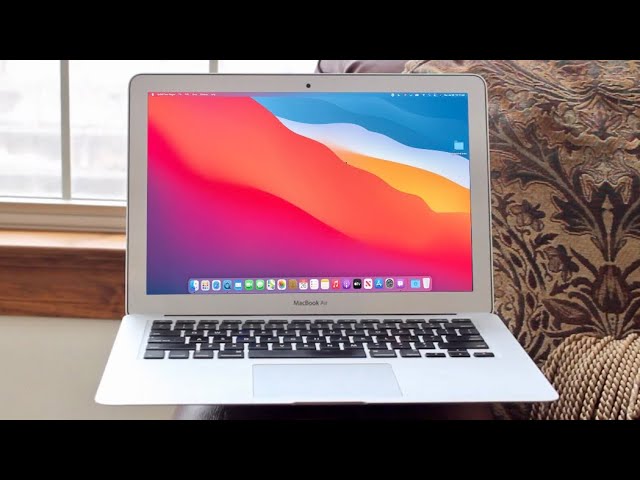
Can Big Sur Be Installed on a Mid-2013 MacBook Air?
Yes, Big Sur will run on a mid-2013 MacBook Air. Apple has confirmed that it will be compatible with any Mac released in 2013 or later, including the mid-2013 MacBook Air. Therefore, you should have no trouble running Big Sur on your device.
Updating a MacBook Air 2013 to Big Sur
Yes, you can update your MacBook Air 2013 to Big Sur. Apple has stated that the update will be available for Macs released in 2013 and later, including the MacBook Air 2013. However, it is important to note that some older Macs may not be able to take advantage of all features included in Big Sur due to hardware limitations. To make sure your device is compatible with the update, please check Apple’s website for more information.
Latest Operating System for MacBook Air Mid 2013
The latest operating system for the MacBook Air (mid-2013) is macOS Mojave. Mojave includes many exciting new features such as Dark Mode, a redesigned Mac App Store, and a new way to organize your files and folders with Stacks. Additionally, Mojave brings increased security and performance improvements to your MacBook Air. To upgrade to macOS Mojave, make sure your computer is running OS X Lion 10.7 or later, and has at least 4GB of memory. You can purchase the macOS Mojave download from the Mac App Store or upgrade for free if you already own an eligible Mac.
Installing Big Sur on a Mac Late 2013
Unfortunately, Macs purchased in late 2013 are not compatible with macOS 11, Big Sur. The only Macs that can receive all the updates without errors are the iMac Pro 2017 and all later models. If you are using a Mac since late 2013, you will need to upgrade to a newer model in order to install Big Sur.
Impact of MacOS Big Sur on Older Macs
Yes, macOS Big Sur can slow down older Macs because of its increased use of transparency, animations, and other graphical effects. The best way to speed up an older Mac running Big Sur is to disable some of these graphical effects. This can be done by going into System Preferences > Accessibility > Display and unchecking the “Reduce Transparency” option. You can also turn off animations by going into System Preferences > Dock and unchecking the “Animate opening applications” option. Finally, you can disable other visual effects in System Preferences > General by unchecking the “Automatically hide and show the menu bar” and “Enable dark mode” options. Doing so should help improve the performance of your older Mac running Big Sur.
Compatibility of Big Sur with Older Macs
The oldest Mac that supports Big Sur is the iMac (Mid 2014 or later). Big Sur requires at least an Intel 4th generation Haswell processor and Macs older than 2014 are not compatible. The other Macs which can run Big Sur are iMac Pro, MacBook (Early 2015 or later), MacBook Air (Mid 2013 or later), MacBook Pro (Late 2013 or later), Mac Mini (Late 2014 or later), and Mac Pro (Late 2013 or later). Additionally, the Developer Transition Kit is compatible with Big Sur up to version 11.3 beta 2.
Comparing MacOS Big Sur and Monterey
When it comes to which update is best for macOS, the answer may depend on what you’re looking for. Big Sur and Monterey both offer a range of features and improvements, so it’s important to consider what matters most to you before making a decision.
Big Sur brings several new features, such as Apple Maps with 3D views and Guides, an improved Messages app with better search options, faster Safari performance, and much more. Monterey also provides users with some significant changes such as Quick Note for taking notes quickly on the Mac, Universal Control for conveniently connecting multiple devices together, AirPlay to Mac for streaming audio from iOS devices, and Shortcuts support.
Ultimately, it’s up to you to decide which update will be best for your needs. If you’re looking for new features and improved performance then Big Sur might be the right choice. However, if you’re looking more toward convenience then Monterey might be the better option.
Conclusion
MacBook Air (Mid 2013) is compatible with macOS Yosemite but not with macOS Big Sur. It is an earlier model of the MacBook Air that was released in mid-2013 and is no longer supported by Apple for the latest operating system. However, it still offers a good user experience and can be used to run many programs and applications that are available for the older version of macOS.

